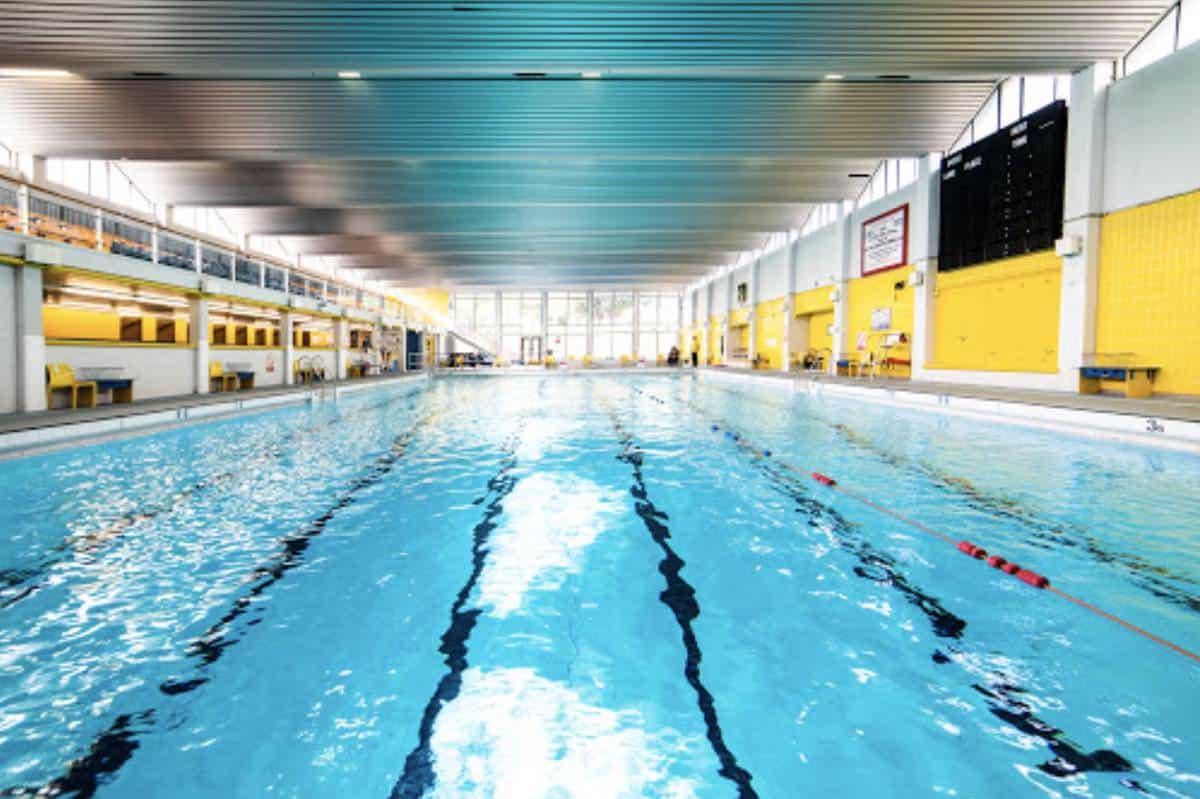
 Client: Flintshire County Council
Client: Flintshire County Council
Project Value: £235k
Project Completion: October 2020
Project Manager: Scott Bennett
The plant room at Holywell Leisure Centre was at the end of its useful life with a series of boilers dating back to 1969 that were either inefficient or inoperative. They could no longer cope with the heating and hot water demands of the leisure centre.
More recently a CHP had been installed, that acted as a lead boiler whilst the gas boilers acted as a support for the hot water and heating.
Our role was to upgrade the heating and hot water systems throughout for improved efficiency, reliability and simplicity in operation. The project also grew in scope to include additional lighting, a new control panel and the removal of the large flue to the outside of the building.
The project had to be run in a strict order to avoid danger to staff and the fact it was a live site throughout, so we could not risk leaving the leisure centre without heat.
Our first role was to install all of the pipework for a temporary boiler that was brought in for the duration of the project. This gas-fired system used the existing gas supply and when installed, connected to all of the existing pipework within the building.
With this completed, we stripped down and prepared all of the old cast iron boilers for removal. There were six in total of different vintages with one from 1969, one from 1970 and the remaining four, around 1980. Only two were still operational and some were asbestos-lined. Asbestos had also been used throughout for pipe lagging and insulation.
It was then passed to the specialist asbestos contractor to remove this throughout the site. This was a six-week project in its own right. This also highlighted another problem in that the ceiling of the plant room had been damaged from the Health Suite above with high chlorine levels over many years. This was replaced within the timeframe for the whole project. A new steel fabricated ceiling was installed to support the new concrete plant room ceiling and health suite floor.
With the site made safe, we began our work to install the new boilers, Plate Heat Exchanger (PHE), hot water heater and pump systems. There were new air dirt separators added on both sides of the new PHE to maximise the longevity of the new system.
The boiler system essentially supports the CHP within the heating provision. We also added additional support for the hot water for showers within the health suite above, in the form of a new Hot Water heater too.
As part of the project, we removed all of the redundant pipework to hugely simplify the system and again improve operational efficiency. You can see the new pipework follows a more logical plan with individual circuits for different parts of the building. The new control panel installed, was integrated to the existing BMS system within the building so it could be fully controlled and managed centrally.
The flue to the outside of the building was over 15m tall and sat over 10m proud of the roof line. It was an undesirable landmark and no longer required with a smaller, simple flue installed alongside. This was removed by our team, working at height on a scaffold constructed for the task. To many locals, it will be an eyesore they are glad to see the back of.

The project was managed by Scott Bennett and Steve Loughran of Kimpton’s and we worked closely with specialist partners for the Asbestos, the temporary boiler and the scaffolding. Other than that, it was all internally delivered and despite the numerous unprecedented challenges, held very close to the original programme.
It’s a good example of needing to be flexible in approach to any project and having a contracts team with huge experience.
Speaking about the project, Scott Bennett said “There were some significant challenges in the job but it went well, despite these. The conditions within the old plant room were potentially challenging without the right experience in the team. We overcame all of that and delivered a fine project that we’re proud of.”
The project was full of challenges not least of which the main switch from the existing provision to the temporary boiler had to be completed within a 24 hour period. This meant out of hours work for the team to ensure minimum disruption for the leisure centre. The whole centre was live throughout our work with the CHP remaining operational throughout too.
Asbestos also presented significant issues for the team and without expert partners, this would have made the job impossible to complete. It was deemed a significant enough challenge to be filmed for a Channel Five documentary about the risks asbestos poses.
There was a lot of redundant plant to remove to allow us to create a more streamlined plant room. The weight of the obsolete cast iron boilers meant specialist equipment had to be used for removal.
The damage to the ceiling also presented a space and safety challenge. Whilst we weren’t on-site for most of the time whilst the new concrete was being poured, we were working with props all around us. This made some of the manoeuvring, within the confines of the plant room more difficult for the team on site.
The project was planned and delivered to a 14-week programme.
If you would like to discuss any of our services, please call 0151 343 1963 or complete the form below and we will be in touch shortly.